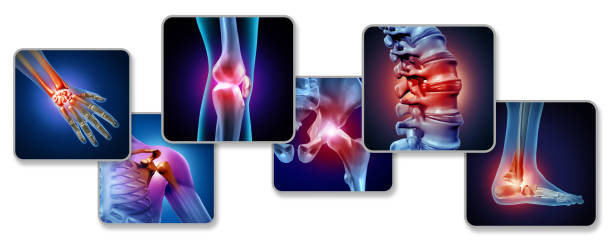101Views 0Comments
Osteogenesis imperfecta, also known as brittle bone disease, is a rare genetic disorder that affects the strength and structure of bones. It can manifest in various ways and to variable degrees of severity because it is a heterogeneous condition. We will look at osteogenesis imperfecta’s causes, signs, symptoms, diagnosis, and available treatments in this post.
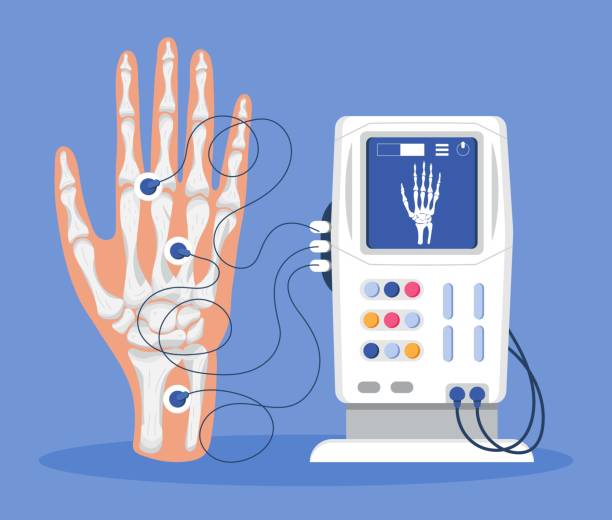
causes
One of the two genes responsible for creating type 1 collagen, the most prevalent protein in bone, is mutated in osteogenesis imperfecta. The two chains of type 1 collagen are produced using instructions from the COL1A1 and COL1A2 genes, and changes to these genes can have an impact on the composition and functionality of collagen in bone.
Changes in collagen’s structure can result in bone fragility and malformations since collagen gives bone its strength and flexibility.
A person only has to inherit one copy of the faulty gene from each parent to develop osteogenesis imperfecta because the condition is typically inherited in an autosomal dominant form. Rarely, it might be inherited in an autosomal recessive manner, meaning that two copies of the defective gene, one from each parent, are required for the development of the disorder.
symptoms
According on the type and severity of the disorder, OI symptoms can vary, but the most prevalent sign is bone fragility, which can lead to repeated fractures, even from small trauma or no obvious cause. Additional signs can include:
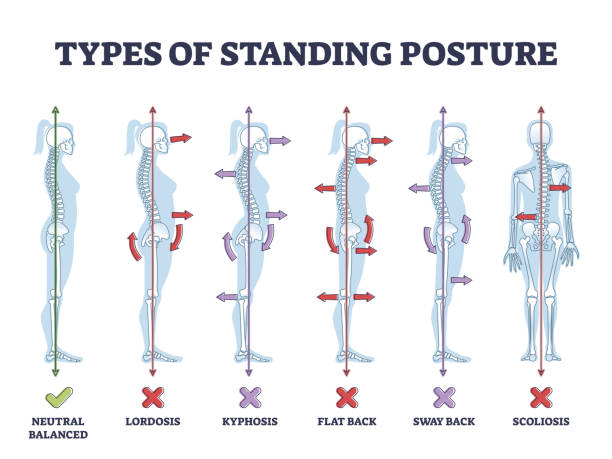
Bone deformities: Scoliosis, knee bending, and barrel-shaped chests are just a few examples of the bone malformations that OI patients may have. Breathing and movement issues might be brought on by these defects.
Low stature: People with OI frequently have small stature, and they may be considerably shorter than their contemporaries.
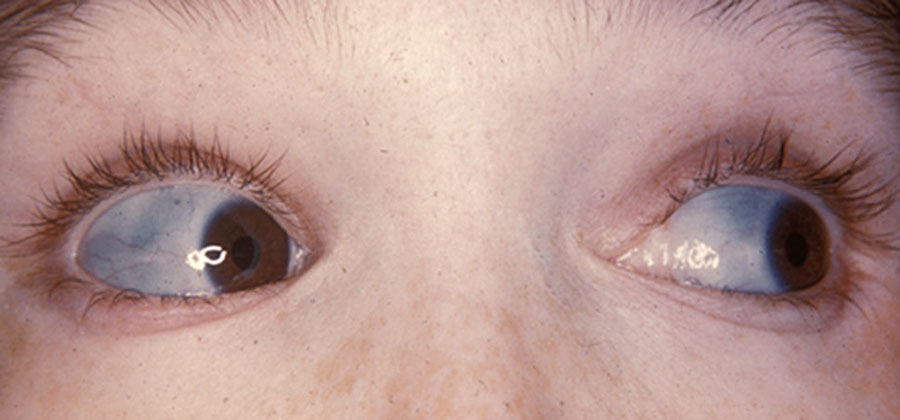
Whites of the eyes (sclera) have a blue-gray color as a result of the sclera’s thinning, which makes the underlying choroid visible.
Hearing loss: OI frequently results in hearing loss, which can range in severity from mild to severe.

Muscle weakness: Individuals with OI may experience muscle weakness, which can make it challenging to carry out specific tasks or maintain proper posture.
Joint laxity: Another typical aspect of OI is joint looseness or laxity. Joint pain and instability may result from this, and it may also hasten the onset of arthritis.
Brittle tooth enamel and loose teeth: Individuals with OI may have brittle tooth enamel and loose teeth, which can cause dental issues.
Diagnosis
Because the symptoms of osteogenesis imperfecta (OI) might resemble those of other bone illnesses, diagnosing OI can be difficult. A diagnosis is crucial, though, so that the right course of therapy may be started and consequences can be avoided or managed. Following is a summary of the OI diagnostic procedure:
Medical history and physical examination: Examining the patient’s physical condition and getting a thorough medical history are usually the first steps a doctor does. Inquiries concerning symptoms, family history, and any prior fractures will be made. Physical indicators of OI, such as bone abnormalities, short height, and blue-gray sclera, will also be looked for.
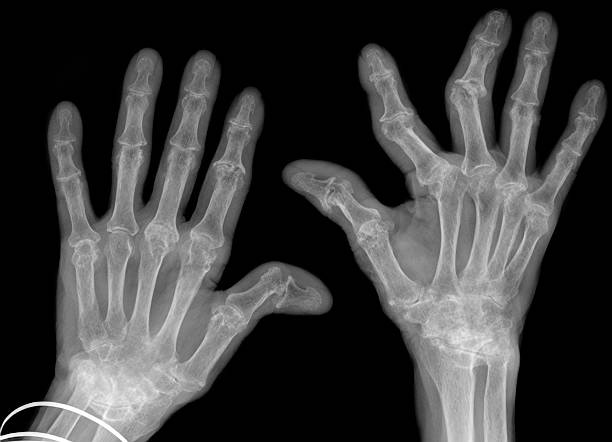
Imaging studies: To evaluate bone density and structure, a physician may prescribe imaging tests like X-rays, CT scans, or MRI scans.These examinations can reveal bone thickness and structure, as well as fractures and abnormalities.

BMD examination: A BMD examination is a sort of imaging examination that gauges bone density. A BMD test can help to confirm the diagnosis because people with OI often have lower bone density than normal.
Genetic testing: Genetic testing, which can find mutations in the COL1A1 or COL1A2 gene, can provide a conclusive diagnosis of OI. Either a cheek swab or a blood sample can be used for this test. The precise type of OI can also be identified by genetic testing.

It is significant to highlight that not all OI sufferers will have a COL1A1 or COL1A2 gene mutation that can be detected, and some OI sufferers who do have these mutations might not exhibit all of the typical symptoms of OI. As a result, to make a diagnosis, a combination of clinical assessment, imaging studies, and genetic testing may be required.
treatment
Although osteogenesis imperfecta cannot be cured, there are treatments that can help manage the symptoms and avoid problems, lower the risk of fractures, and enhance quality of life. The best course of treatment will depend on the nature and severity of OI.Typical therapies include:
- Drugs: Bisphosphonates, including pamidronate and zoledronic acid, can lower the risk of fractures in OI patients and increase bone density. Every few months, these medications are often administered intravenously (IV). Although the efficacy of other drugs such growth hormone and teriparatide is not well known, they may also be used to treat OI.
- Physical therapy: Physical therapy can aid those with OI in increasing their mobility, flexibility, and strength while lowering their risk of fractures and falls. A physical therapist can create an exercise plan that is specific to the patient’s requirements and capabilities.
- Assistive equipment: Assistive equipment, such as wheelchairs, walkers, and braces, can help people with OI maintain their independence and mobility. To prevent or treat bone abnormalities, orthopedic devices like intramedullary nails or rodding can also be placed.
- Surgery: To repair bone abnormalities, fix fractures, or avoid spinal cord compression in severe cases of OI, surgery may be required.
- Dental care: Individuals with OI may experience dental issues such as brittle teeth, crowded teeth, or teeth that are out of alignment. These issues can be avoided and managed with routine dental exams and procedures including braces, dental implants, and crowns.
- Genetic counseling: It is advised that people with OI and their families seek genetic counseling in order to discuss the possibility of passing the ailment on to their offspring and to look into the possibilities for prenatal testing and pre-implantation genetic diagnosis.
- Lifestyle modifications: Making lifestyle changes, including as giving up smoking, eating a balanced diet, and avoiding high-impact activities, can help lower the risk of fractures and enhance general health.
takeaway
Osteogenesis imperfecta (OI) is a genetic disorder that affects bone development and structure, leading to increased risk of fractures, bone deformities, and other complications. Diagnosing OI involves a combination of medical history, physical exam, imaging tests, and genetic testing. Treatment for OI aims to reduce the risk of fractures, manage symptoms, and improve quality of life, and typically involves a multidisciplinary approach with medications, physical therapy, assistive devices, surgery, dental care, genetic counseling, and lifestyle modifications. Early diagnosis and appropriate treatment are important for managing symptoms and preventing complications in people with OI.

